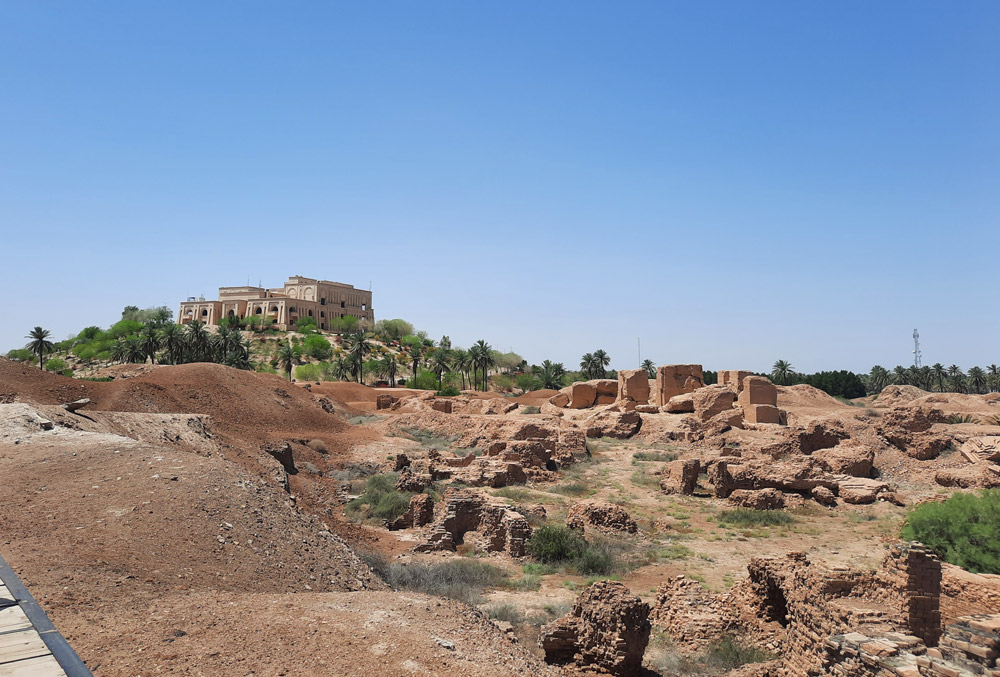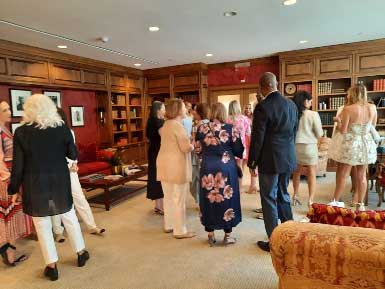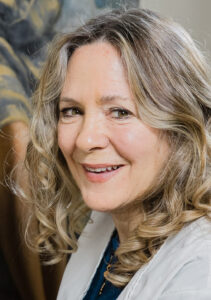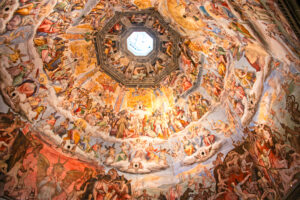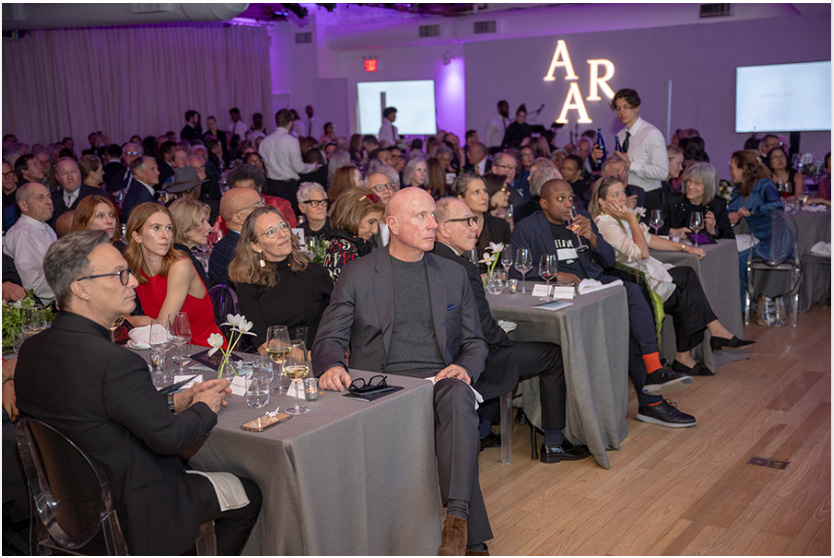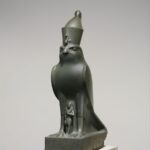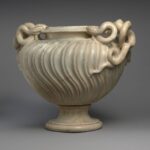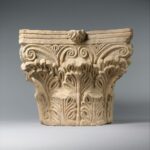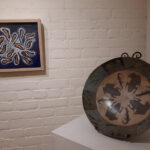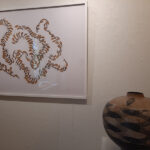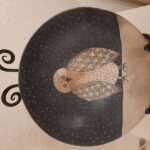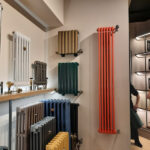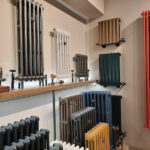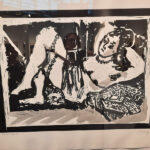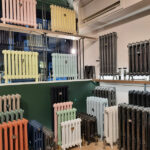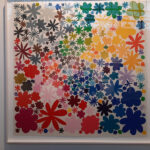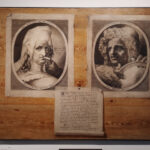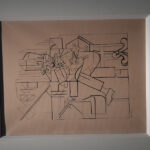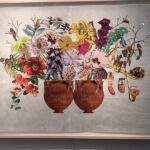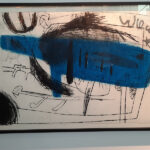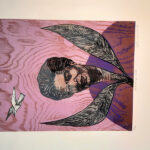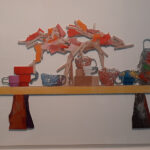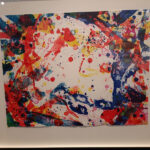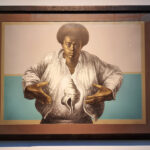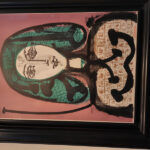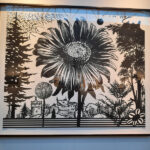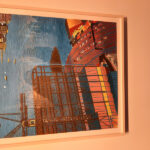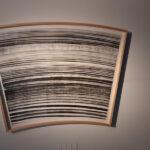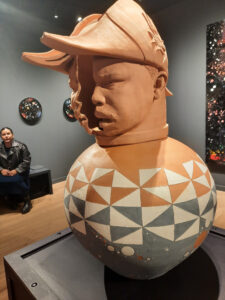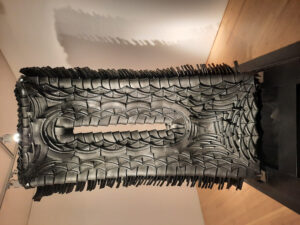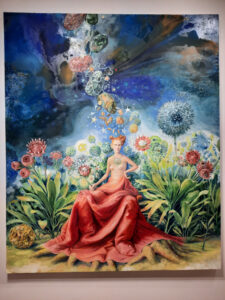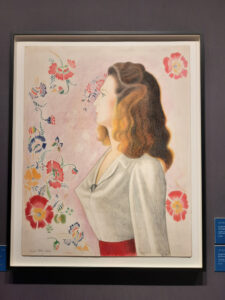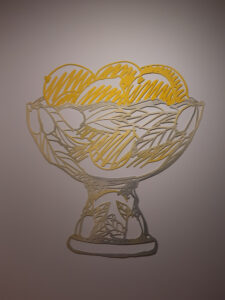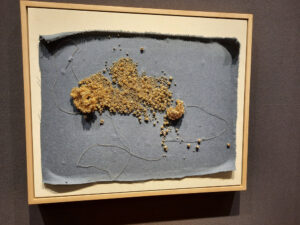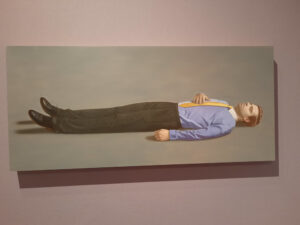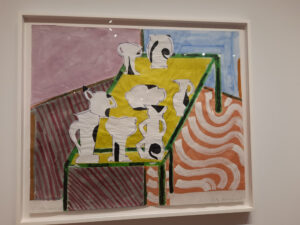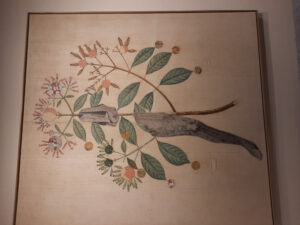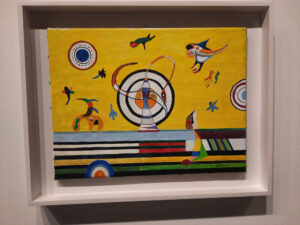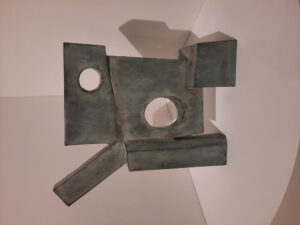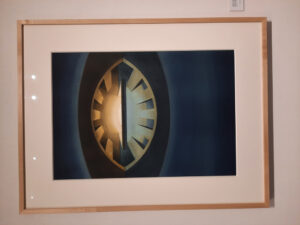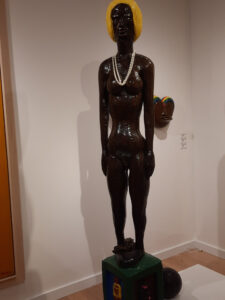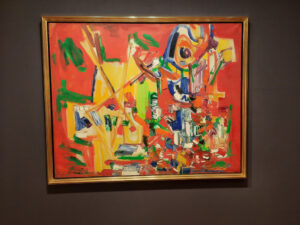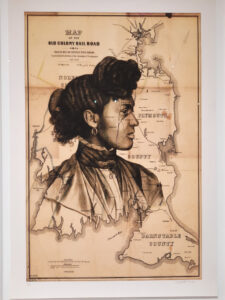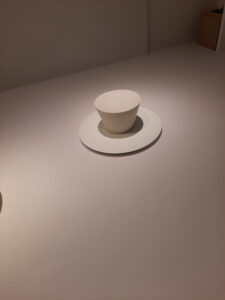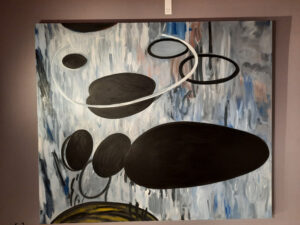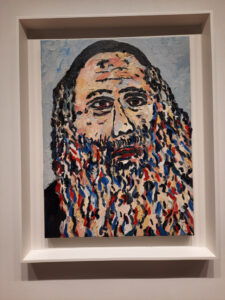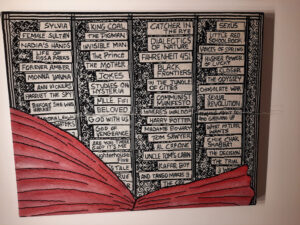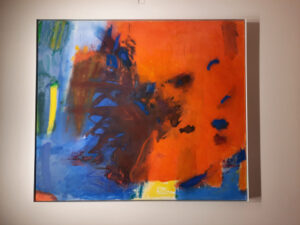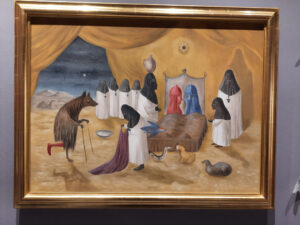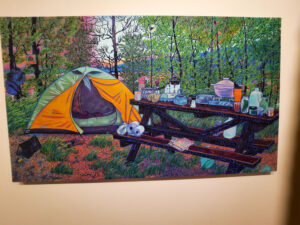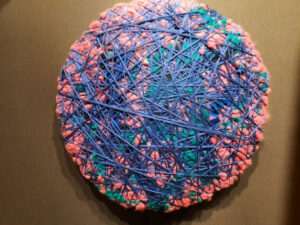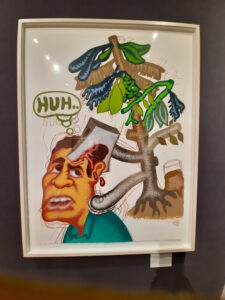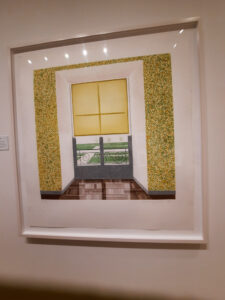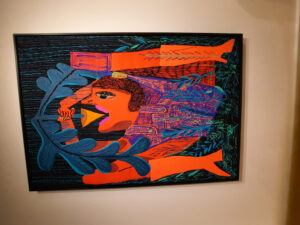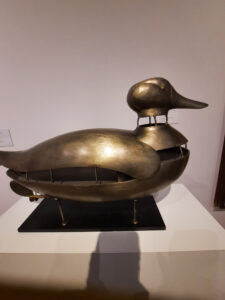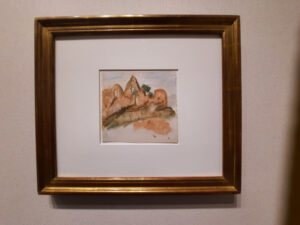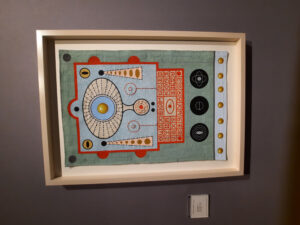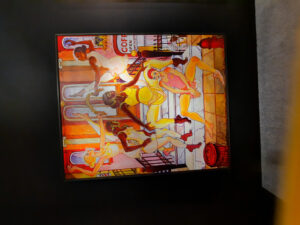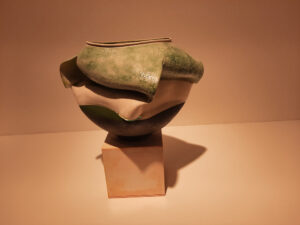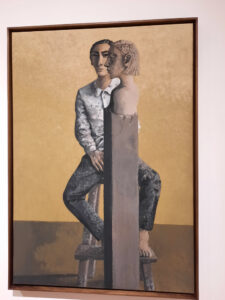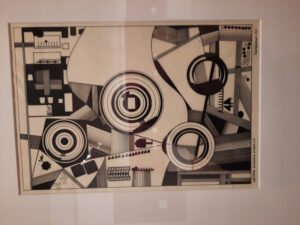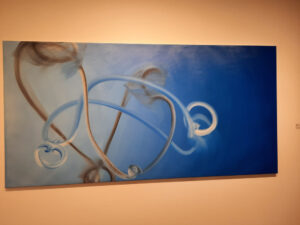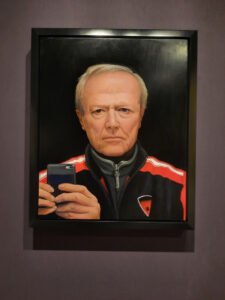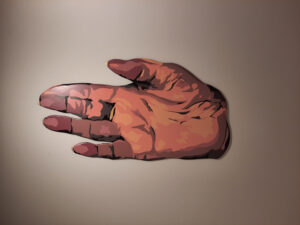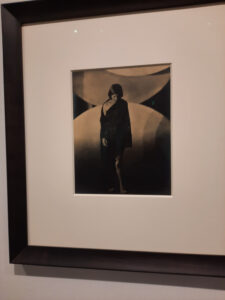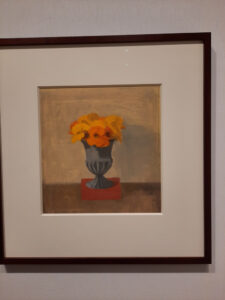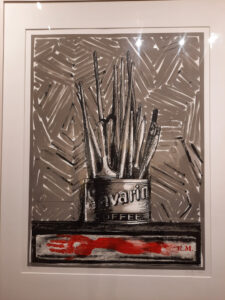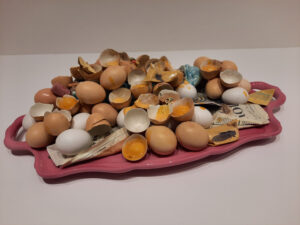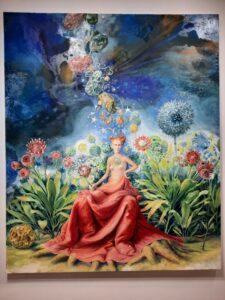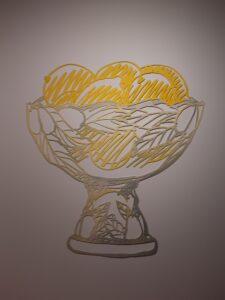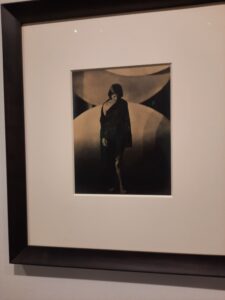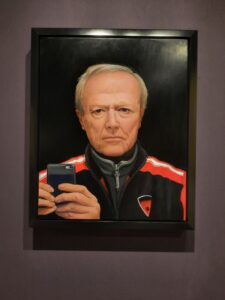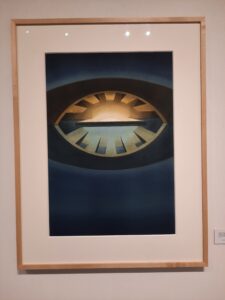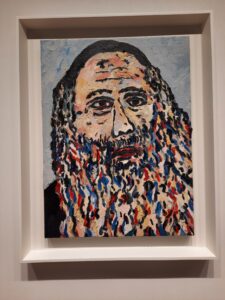by Sharon King Hoge in Global Traveler
Nov 9, 2023
At one time Florence was politically, economically and culturally one of the most important cities in Europe. Founded in a grid configuration in 59 B.C. as a colony for Roman soldiers, by the third century it evolved into a prospering provincial capital whose residents adopted a constitution restricting political power and developed a community of civil servants. By the 12th and 13th centuries, supported by the woolen textile industry and banks, it grew in economic power, with prominent families dominating international banking and merchant businesses.
By the middle of the 14th century Florence emerged as one of the greatest cities in Europe. Its golden coin, the florin, the first international currency, was the “dollar” of the Renaissance. After the Black Plague, the Medici family ascended to power, its princes underwriting Renaissance projects and dominating the region more or less until unification in the mid-19th century when, for a time, Florence was capital of the nascent Kingdom of Italy. Now absorbed into the peninsula nation, the “Flourishing City” is the commercial and cultural center of Tuscany.
With the world’s greatest concentration of art in proportion to its size, Florence is one of the most visited cities on the globe, with tourism the economy’s mainstay. Before the pandemic, Florence recorded 10–16 million visitors a year; in 2018 that figure ballooned to nearly 30 million travelers spending €3 billion on food, lodgings, shopping and attractions. Any year, April through October, local residents are outnumbered by tourists lining up to view the Duomo, sip Chianti in wine bars, lounge in the décor of Renaissance-inspired hotel rooms, gorge on creamy gelato and purchase finely crafted leather handbags.
A highly developed infrastructure supports the travel sector. Convenient air, rail and auto networks make the city accessible. Within town, tram and bus lines and e-bikes augment foot traffic in the historic center, which can be crossed on foot within a half hour. A flexible Florence City Pass allows admission and fast-track entry to many of the galleries, libraries, exhibits and 70 museums. Although depleted since the pandemic, statistics count trattorias, osterias, pizzerias, enotecas and 49 Michelin restaurants serving up pasta, pizza and the touted Florentine steak. While mid-range hotels remain most popular, in 2021 the city counted more than 400 hotels, including 3-star (215), 4-star (152) and 5-star (29) lodgings.
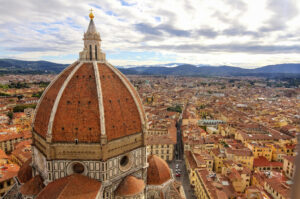
PHOTO: © SANDRO FILENI | DREAMSTIME .COM
Ongoing restoration and improvement projects continue to enhance the tourist experience. The Teatro Comunale transformed into a multifunctional music space and opera hall, while a former granary and army barracks has become a co-working hub. Manifattura Tabacchi, a disused tobacco factory, has been converted into a dynamic creative and fashion hub. Chic restaurants, residences and hotel rooms now occupy the historic Palazzo Portinari Salviati. Due to reopen is the restored Vasari Corridor, the kilometer-long enclosed passageway lined with paintings Cosimo 1 de’Medici built to allow private passage between his residence and the government palace.
Besides attracting sightseers, the tourism environment offers a desirable venue for meetings and conferences. Income resulting from annual fairs, theatrical productions, art exhibitions, festivals and fashion shows contributes significantly to the city’s budget. Restructured during the 1990s, the Fortezza da Basso Exhibition and Congress Centre provides more than 40,000 square feet of exhibition space and six meeting rooms.
But the 2-square-mile historical UNESCO city center lying within the remains of the 14th-century walls comprises barely 3 percent of Florence’s official 40-square-mile area. Outlying the Centro Storico, an important national production and commercial center houses facilities for General Electric, Philip Morris International, Ferrari, Nike, BASF, Siemens and Electrolux, among others. Suburban industrial complexes, factories and workshops produce furniture, chemicals, food and rubber goods, along with the traditional handicrafts, glassware, leatherwork, jewelry, souvenirs, metal and ironwork, shoes and fashion. Acknowledging production of high-quality goods, automobiles and the iconic Vespa scooter, the Pistoia-Prato Florence district has been dubbed the Third Italy.
Citing a per capita gross domestic product higher than national and European averages and a competitive cost of living, the public service agency Invest in Tuscany offers seven reasons to locate a business in “one of the most attractive and smart regions in Italy”: dynamic and diversified economy, talent pool, central location, local supportive government, competitive costs, key sectors and quality of life. Located halfway between Milan and Rome on three major highways, served by three airports and situated on high-speed rail lines, Florence’s strategic position provides a gateway to international markets.
To simplify entrepreneurial applications from potential and expanding businesses, a European Institute of Public Administration project in Tuscany streamlined interaction between enterprises and public requirements. Providing an “overview of the regional context and its opportunities,” Invest in Tuscany offers confidential guidance and support in all aspects of establishing businesses or planning equity investments to companies and startups. Life science, fashion, digital and ICT, yacht-building, logistics, agribusiness, tourism, smart industry, transport and mobility, and prestigious assets are listed as growth opportunities based on the region’s access to companies, universities and public institutions, and tradition.
International brands Salvatore Ferragamo, Emilio Pucci, Roberto Cavalli and Gucci are among local companies; and Italian haute couture, said to have originated here, benefits from a high concentration of institutes and academies dedicated to design, “Made in Italy” production districts, and a strategic chain of supplies. Past scientific breakthroughs of Leonardo da Vinci inspire local academia and research centers to transform visionary ideas and projects into digital and ICT products with strong commercial potential. The city and local institutes established a Science and Technology Foundation to integrate use of the region’s scientific heritage into current technology and modern communications. To encourage business incubation, the University of Florence implemented an investment policy which strengthens laboratories and equipment to support research aimed at technology transfer and innovation. Building on achievements of past glory days, Florence looks ahead to a prosperous commercial future.
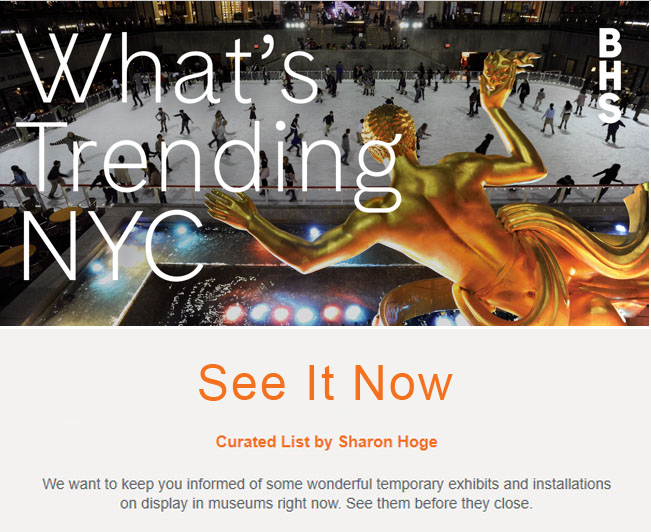

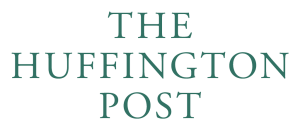

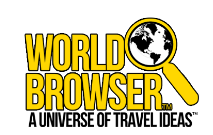
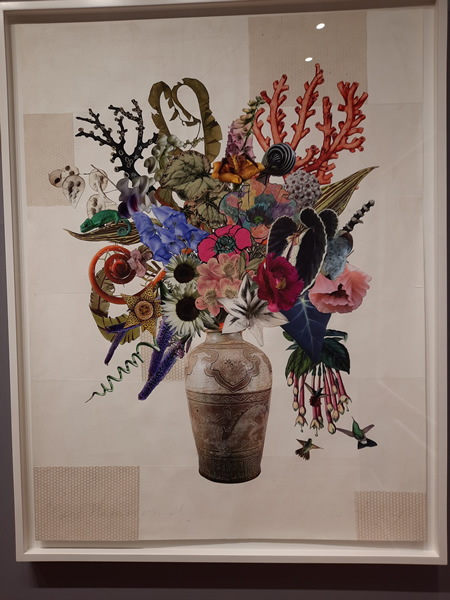
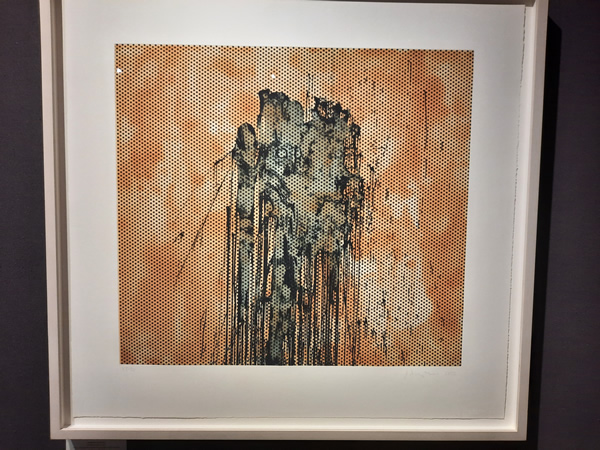
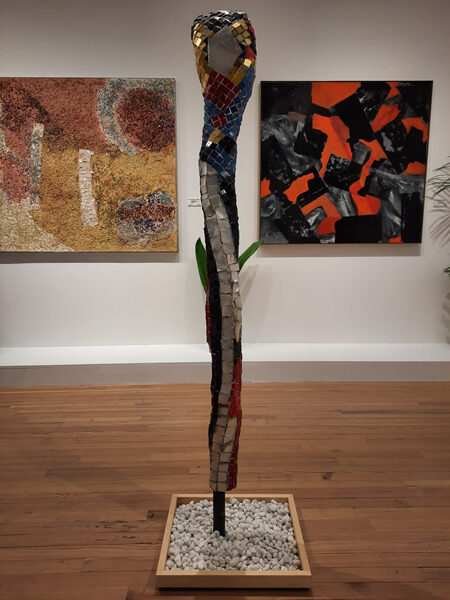
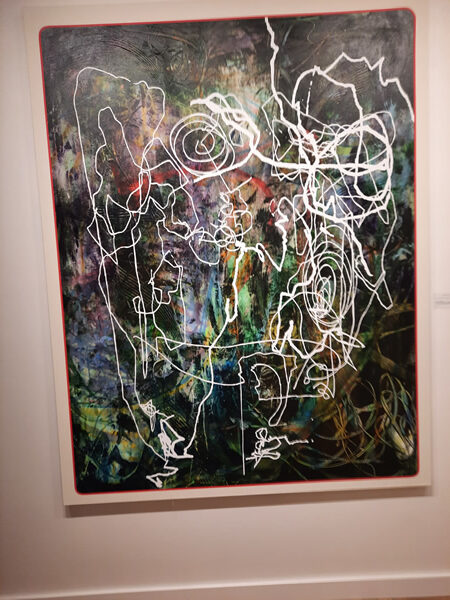
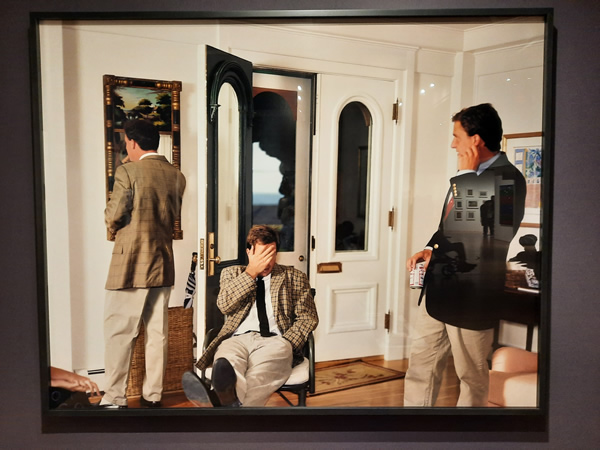
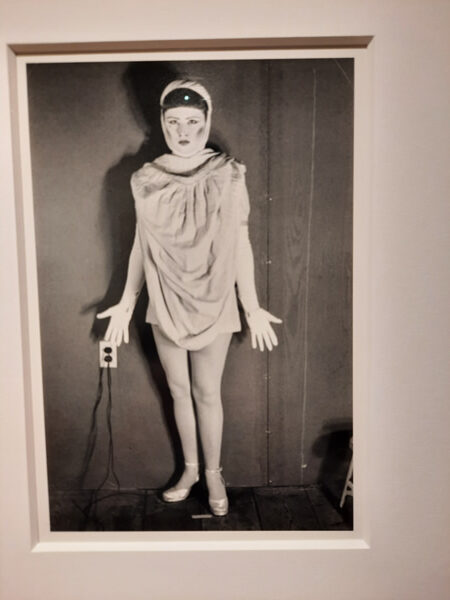
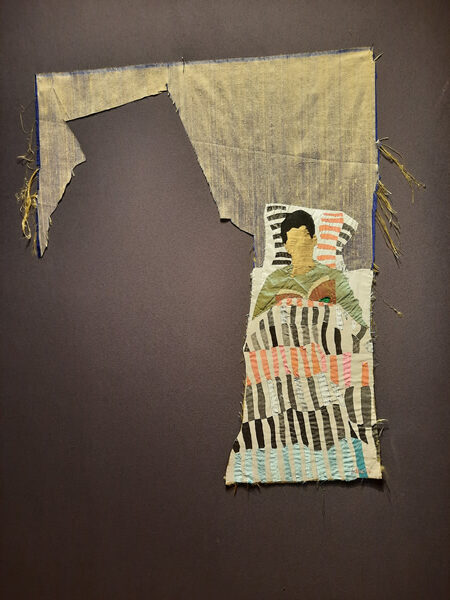
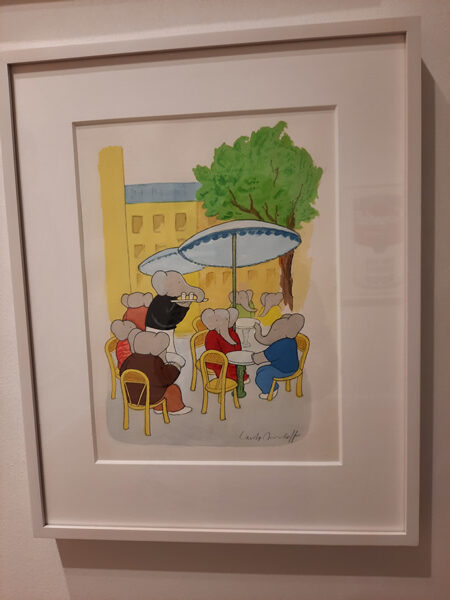
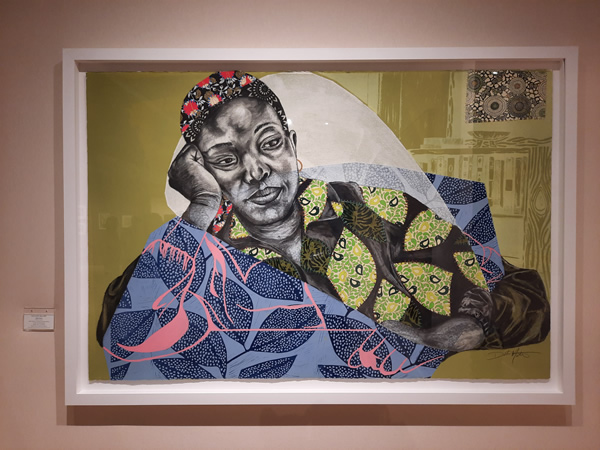
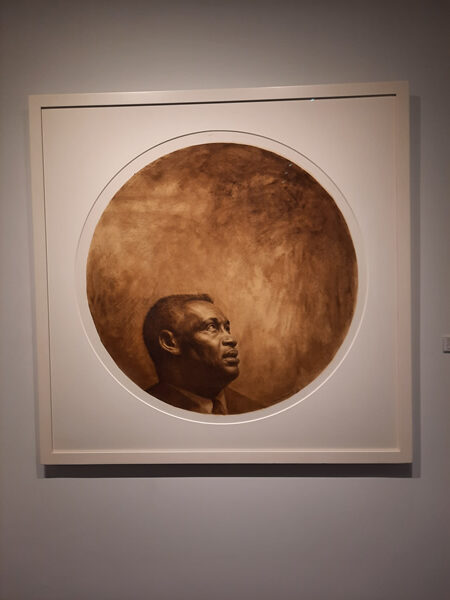
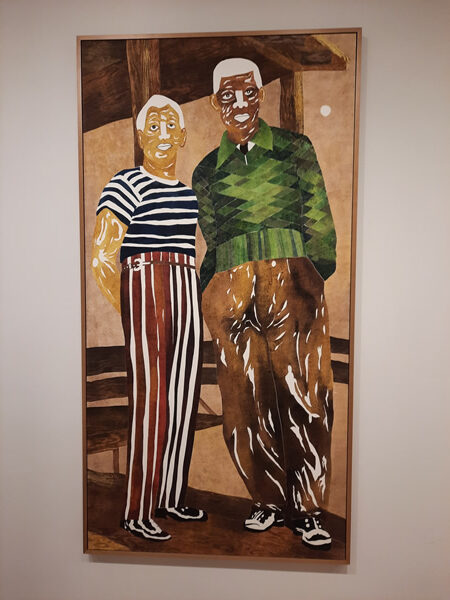
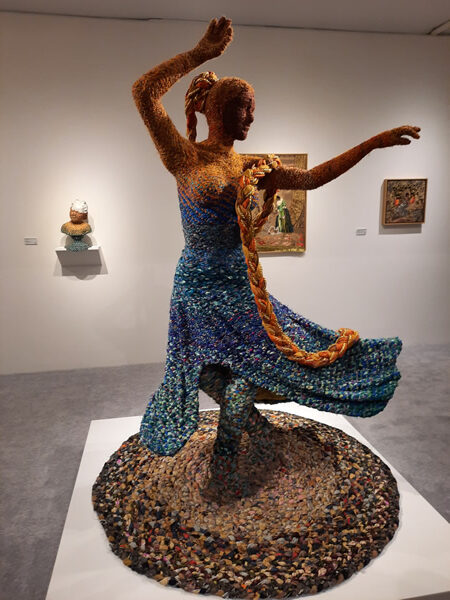
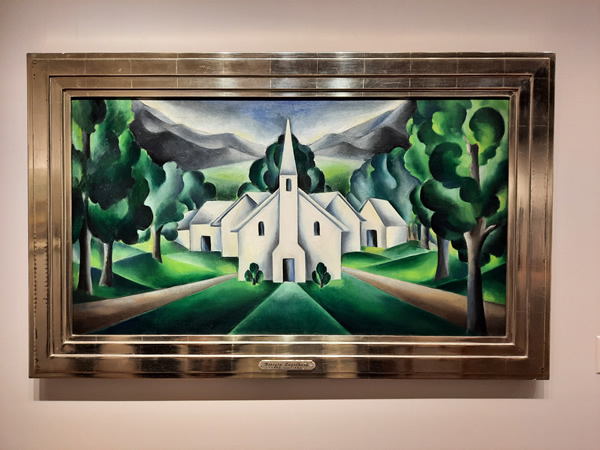
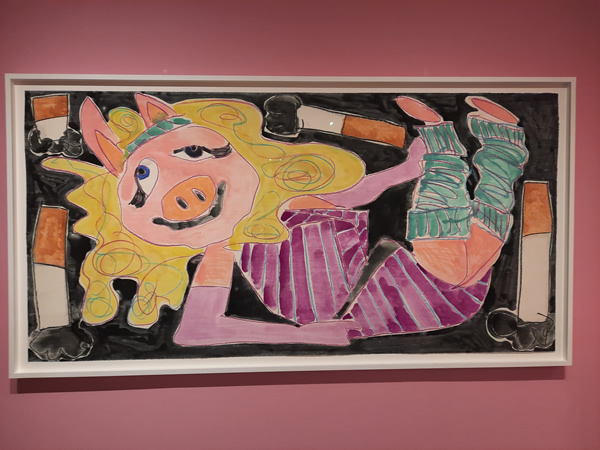
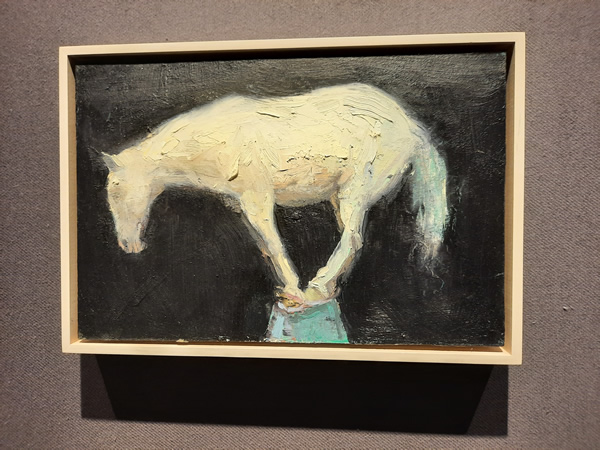
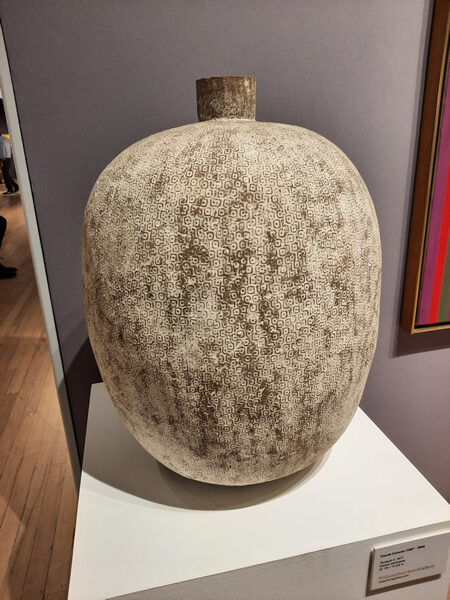

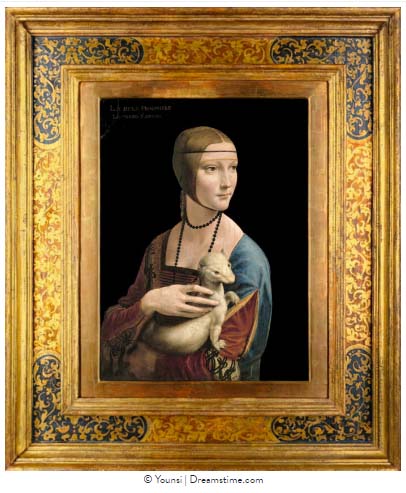 Bisected by the Royal Road, the coronation route of Polish kings, Old Town remains a bustling area with more than 6,000 historical sites and picturesque buildings housing restaurants, gift shops, pubs and cafés. Horse-drawn carriages take sightseers past Town Hall Tower; Florian Gate; more than a dozen architecturally significant churches; two theaters; and a profusion of monuments and statues, including a tribute to Polish astronomer Nicholas Copernicus, who postulated Earth’s rotation around the sun.
Bisected by the Royal Road, the coronation route of Polish kings, Old Town remains a bustling area with more than 6,000 historical sites and picturesque buildings housing restaurants, gift shops, pubs and cafés. Horse-drawn carriages take sightseers past Town Hall Tower; Florian Gate; more than a dozen architecturally significant churches; two theaters; and a profusion of monuments and statues, including a tribute to Polish astronomer Nicholas Copernicus, who postulated Earth’s rotation around the sun.